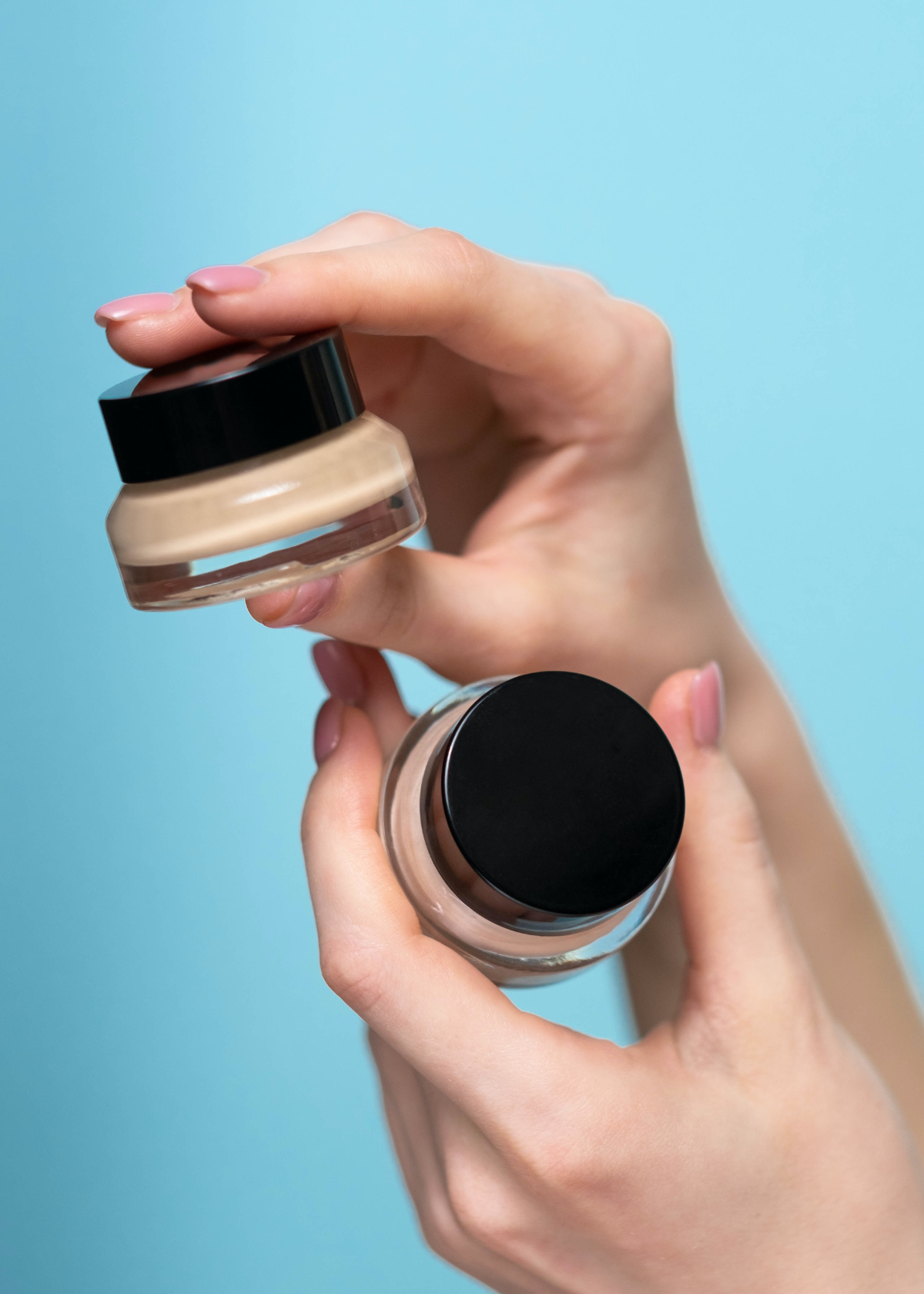Picture this: you've just woken up after a night of tossing and turning, only to be greeted by dark under-eye circles staring back at you in the mirror. Fear not, my friend – the right concealer is here to save the day! This magical beauty tool can banish those pesky imperfections, and we're about to spill all the secrets on how to find your perfect match.
In this article, you'll discover the short answer to finding the right concealer for your skin tone, type, and concerns. But why stop there? Stick around for insider tips on application techniques, product recommendations, and even some unexpected ways to use a concealer that will have you feeling like a makeup pro in no time. Get ready to embrace your newfound confidence and conquer the world, one flawlessly concealed blemish at a time!
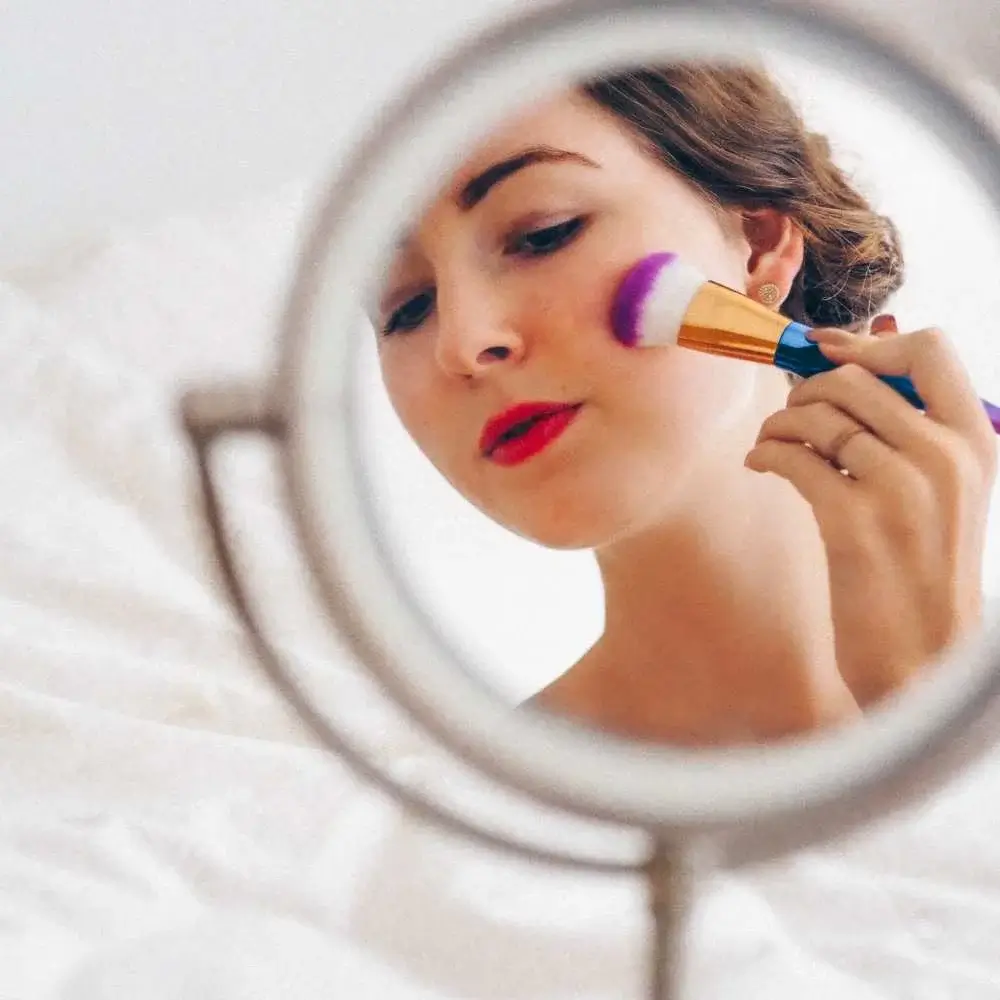
The Role of Concealer in Makeup
The quest for the right concealer can feel like a never-ending journey, but once you've found your perfect match, it becomes an indispensable part of your makeup routine. In this article, we'll explore the role of concealer in makeup and provide helpful insights to assist you in finding your ideal product. So, let's dive in!
The Role of Concealer: More Than Just a Cover-Up
At its core, the right concealer is designed to camouflage imperfections such as blemishes, dark circles, redness, and even scars. But its power extends far beyond just covering up flaws. A well-chosen concealer can:
- Brighten your complexion and create a more even skin tone
- Enhance the longevity of your foundation, making your makeup look fresh all day
- Serve as a base for eyeshadow, preventing creasing and ensuring vibrant color payoff
- Contour and highlight, adding depth and dimension to your face
Understanding the multifaceted nature of concealers will help you make the most out of this versatile product, elevating your makeup game to new heights.
Identifying Your Skin Type and Concerns
To find the right concealer, it's essential to first identify your skin type and any specific concerns you want to address. Here are some common skin types and their corresponding concealer needs:
- Dry skin: Look for a creamy, hydrating formula that won't accentuate dry patches or fine lines.
- Oily skin: Opt for a matte, oil-free concealer with staying power to prevent shine and keep your makeup in place.
- Sensitive skin: Seek out a gentle, fragrance-free concealer that won't irritate your skin.
- Combination skin: Consider using different concealers for different areas, such as a matte formula for oily zones and a hydrating one for dry areas.
As for skin concerns, pinpoint the specific issues you want to address, whether it's dark circles, blemishes, redness, or pigmentation. This will help you choose a concealer with the right coverage level and formula to effectively tackle your concerns.
Embracing the Power of the Right Concealer
Armed with the knowledge of the role of concealer in makeup, your skin type, concerns, and the perfect shade and undertone, you're ready to conquer the world with confidence. Remember, practice makes perfect, so don't be afraid to experiment with different formulas, techniques, and shades to find your ultimate right concealer.
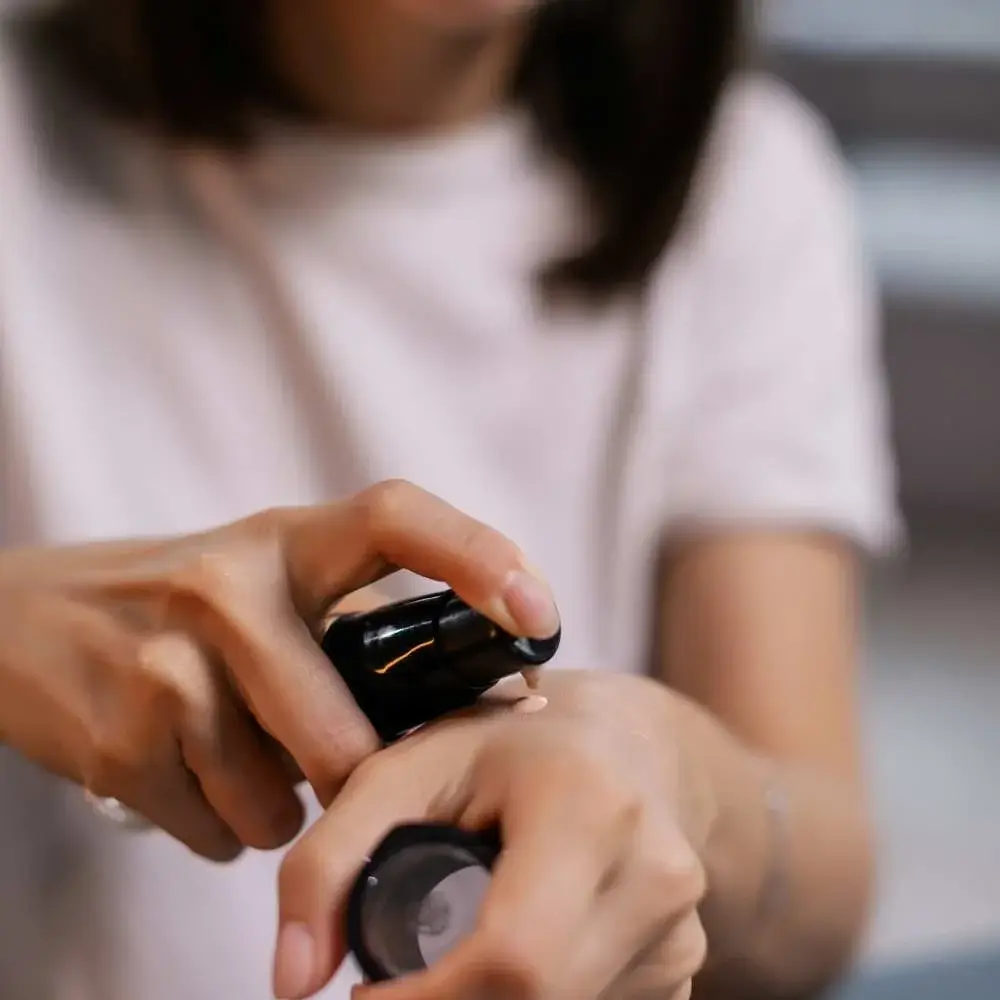
The Art of Choosing the Right Concealer: Shade and Undertone Mastery
Finding the right concealer can feel like searching for a needle in a haystack, but with a little guidance, you can discover your perfect match. In this article, we'll focus on choosing the right shade and undertone for your complexion, making your concealer quest a breeze. Let's get started!
The Importance of Shade and Undertone in Your Concealer Hunt
Selecting the right concealer shade and undertone is crucial for achieving a natural, flawless finish. A mismatched concealer can draw attention to the very imperfections you're trying to hide or create an unnatural contrast with your foundation. To avoid these makeup mishaps, follow these guidelines for finding your ideal concealer shade and undertone.
Finding Your Perfect Shade
When it comes to choosing the right concealer shade, consider the following tips:
- Under-eye circles: Opt for a concealer that's one to two shades lighter than your foundation. This will brighten the under-eye area and help counteract darkness.
- Blemishes, redness, and pigmentation: Select a shade that closely matches your foundation to seamlessly blend with your skin and effectively conceal imperfections.
- Highlighting and contouring: Choose a lighter shade for highlighting and a darker shade for contouring, keeping in mind your skin's undertones for a harmonious look.
Decoding Your Skin's Undertone
Undertone refers to the underlying hue of your skin, and identifying yours will make finding the right concealer a cinch. There are three main undertone categories:
- Cool: If your skin has a pink or bluish hue, you have cool undertones. Look for concealers with a slightly pink or peachy tone.
- Warm: If your skin leans towards yellow or golden, you have warm undertones. Opt for concealers with yellow or golden undertones.
- Neutral: If your skin is a mix of both cool and warm hues, you have neutral undertones. Seek out concealers that balance both pink and yellow tones.
To determine your undertone, examine the veins on your wrist in natural light. If they appear blue or purple, you likely have cool undertones. If they're greenish, you have warm undertones. If it's difficult to tell, you probably have neutral undertones.
With these tips for choosing the right shade and undertone for your complexion, you're well on your way to finding the right concealer that will make you feel confident and radiant. Remember, practice makes perfect, so don't be afraid to experiment with different shades and undertones until you find your ultimate match.
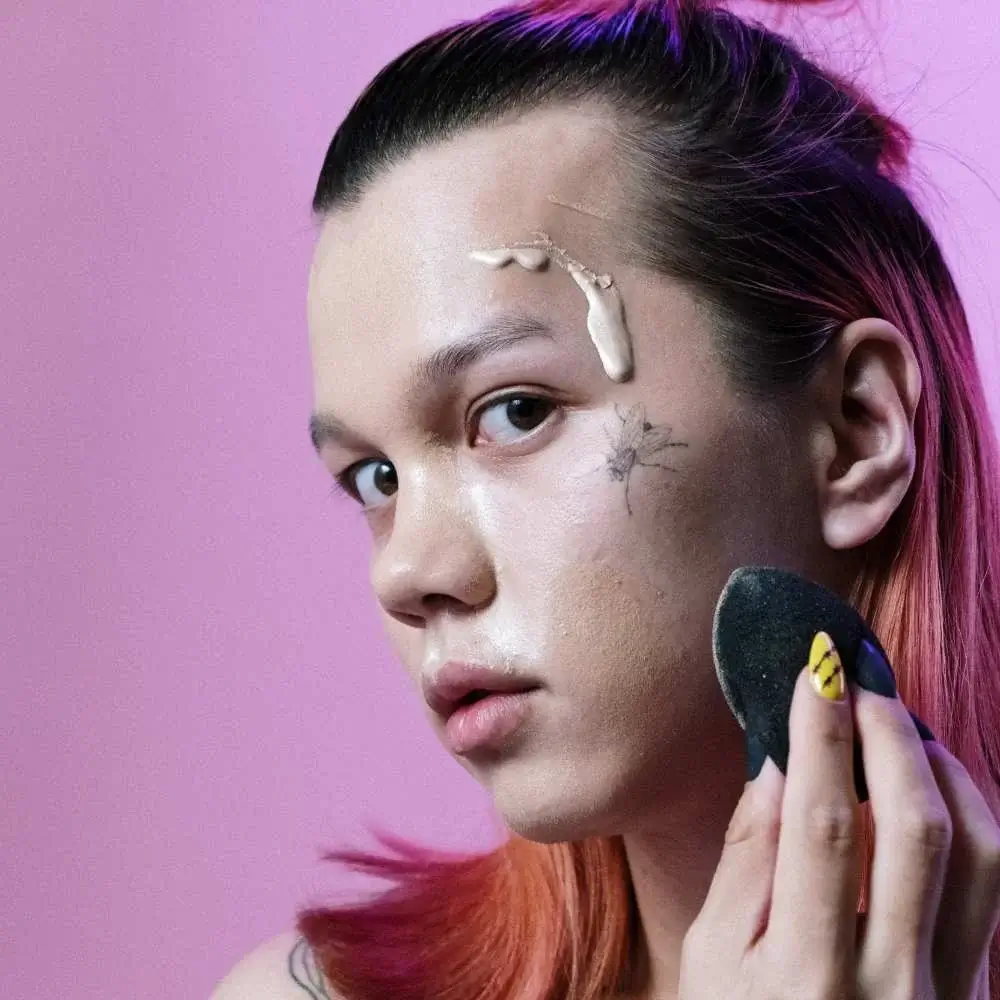
Different types of concealers and their uses
Embarking on a journey to find the right concealer can be overwhelming, but understanding the various types of concealers and their uses will make the process much smoother. In this article, we'll delve into the world of concealers, discussing different types and their unique benefits. So, let's jump right in!
Liquid Concealer: The Versatile Classic
Liquid concealers are a popular choice for many makeup enthusiasts, and for good reason. They offer a wide range of coverage levels, from sheer to full, and can be used for various purposes, including:
- Concealing under-eye circles
- Covering blemishes and redness
- Highlighting and contouring
- Serving as an eyeshadow base
Liquid concealers work well for most skin types, but those with oily or combination skin may particularly appreciate their staying power and blendability.
Cream Concealer: Hydration and Coverage Combined
Cream concealers are ideal for those with dry or mature skin, as they provide hydration and a smooth, even finish. These concealers typically come in pots or compacts and offer medium to full coverage, making them perfect for:
- Camouflaging dark circles and pigmentation
- Hiding blemishes and scars
- Smoothing fine lines and wrinkles
Keep in mind that cream concealers can sometimes crease, so be sure to set them with a translucent powder for a long-lasting, flawless look.
Stick Concealer: Precision and Convenience
Stick concealers are beloved for their convenience and precision. They're great for on-the-go touch-ups and offer medium to full coverage, making them suitable for:
- Spot-concealing blemishes and redness
- Covering hyperpigmentation and scars
- Contouring and highlighting
Stick concealers work best for normal to combination skin types, as they may be too heavy for oily skin and not hydrating enough for dry skin.
Color-Correcting Concealer: Neutralizing Imperfections
Color-correcting concealers use complementary colors to neutralize specific skin concerns, such as redness or dark circles. They come in various shades, including:
- Green: Counteracts redness from blemishes, rosacea, or broken capillaries
- Yellow: Neutralizes purple or blue-toned under-eye circles and veins
- Peach or Orange: Cancels out dark circles on medium to deep skin tones
- Purple: Brightens dull or sallow complexions
Color-correcting concealers can be found in liquid, cream, or stick form, catering to different skin types and preferences.
With a newfound understanding of the different types of concealers and their uses, you're one step closer to finding your perfect match. Remember, the right concealer will depend on your unique skin type, concerns, and desired coverage. Don't be afraid to experiment and mix different types to create your own customized concealing routine.
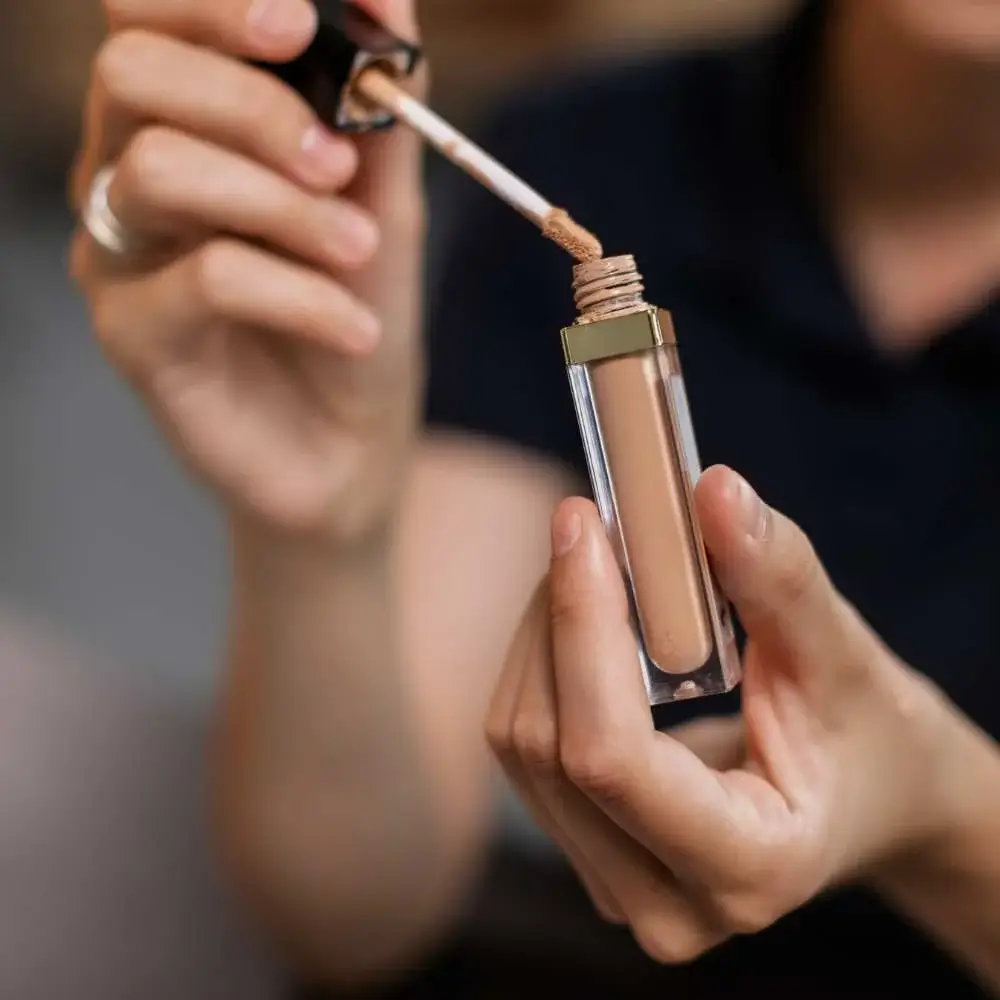
Conquer Your Concealer Quest: Mastering the Art of Flawless Coverage
Have you ever paused mid-makeup routine to ponder if your trusty concealer is really the right concealer for your skin? Fear not, we're here to help you make sure your concealer game is on point. Let's explore why choosing the right concealer is so important:
The Right Formula: A Match Made in Makeup Heaven
Finding a concealer with the perfect formula is like discovering a hidden treasure. Dry skin? Say "no, thank you" to matte formulas that might emphasize dry patches. Instead, go for a dewy concealer that'll bring some much-needed hydration back to your skin. For our oily-skinned friends, steer clear of super creamy concoctions; they'll slide right off your face! A lightweight, oil-free formula will be your new BFF.
The Right Color: The Art of Shade Selection
Resist the temptation to grab the lightest shade and call it a day. To truly brighten your under-eye area without looking like a cakey mess, find a concealer one or two shades lighter than your foundation. Voilà – instant radiance!
The Right Application: A Gentle Touch
Applying concealer the right way is crucial. Remember, your under-eye area is delicate, so tap the product gently with your fingers instead of dragging or wiping. This helps avoid irritation and those pesky fine lines. When it comes to blemishes, a precision brush is your secret weapon for targeted, mess-free application. Click here to find the best concealer brush for you!
Concealers: A Dry or Sensitive Skin Savior
For those with dry or sensitive skin, concealers can be a game-changer. Mattifying concealers help control excess sebum and keep your skin looking fresh for longer. Moisturizing concealers add an extra hydration boost, minimizing flakiness and restoring softness. So, the next time you're makeup shopping, keep an eye out for the right concealer to treat your delicate complexion like royalty!
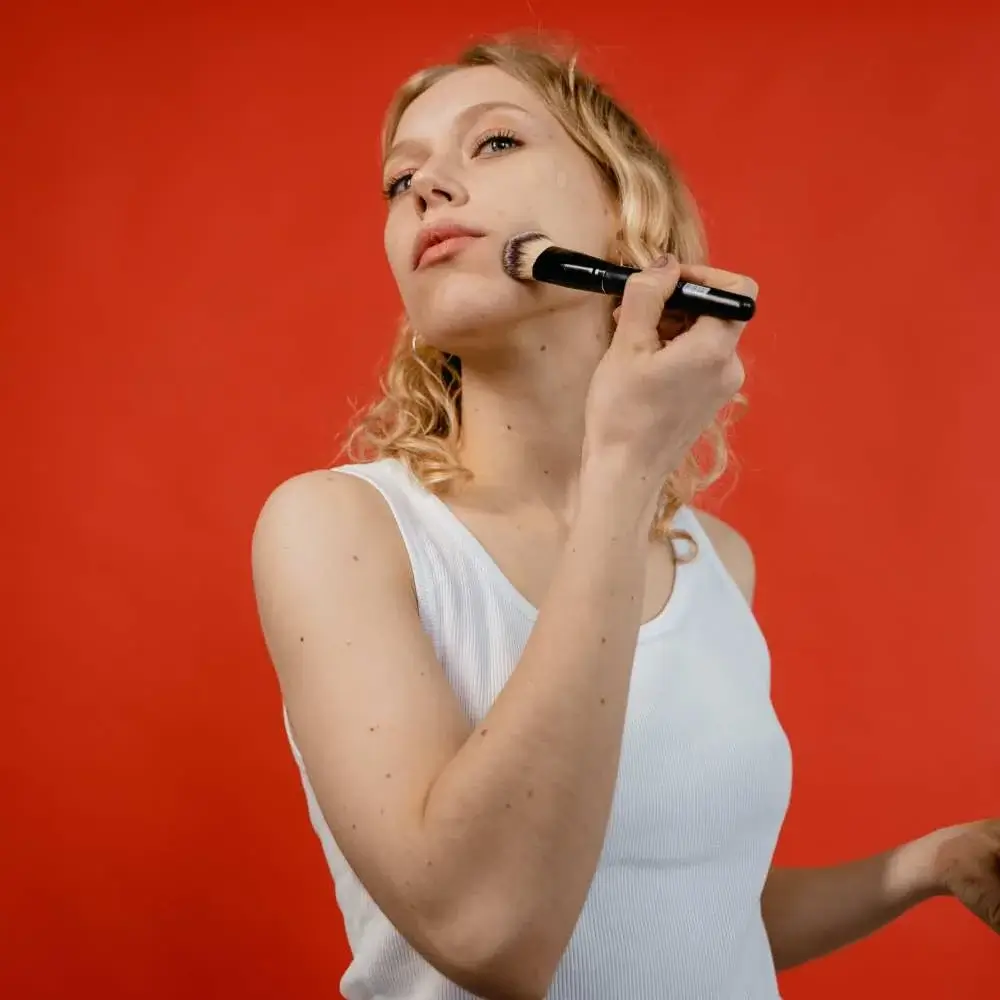
Concealer Queries Uncovered: The Ultimate FAQ Guide
How do I choose the right concealer?
First things first: pinpoint your primary concern. Is it blemishes, under-eye darkness, or redness? For blemishes and redness, opt for a concealer that matches your skin tone exactly; this will ensure seamless blending. However, if you're battling pesky dark circles, choose a concealer that's one shade lighter than your skin tone to brighten up those under-eye areas like a pro. Next up, consider the formula. Creamy concealers are great for dry skin, while liquid formulas work wonders for oily or combination skin types. And remember, when in doubt, swatch it out! Testing concealers on your jawline will help you find your true concealer soulmate.
Should concealer be lighter or darker?
If you're on a quest to banish under-eye darkness, a lighter concealer (one shade lighter than your skin tone) is your trusty weapon. This will brighten up those tired eyes and make you look more awake and refreshed. But if you're battling blemishes or redness, it's time to call in the reinforcements with a concealer that matches your skin tone exactly. This will help camouflage those pesky imperfections without drawing attention to them. So, there you have it – the secret sauce to mastering the concealer game.
Which concealer is best for beginners?
For beginners, it's best to choose a versatile, easy-to-blend concealer that works for various skin concerns. Enter the holy grail: a liquid concealer with a wand applicator. This magical tool is not only user-friendly but also perfect for targeting different areas, from under-eye circles to blemishes and redness. Plus, its buildable coverage allows you to start light and add more as needed, making it nearly foolproof! A fan favorite in this category is the Maybelline Instant Age Rewind Eraser or the ever-popular NARS Radiant Creamy Concealer.
Can I use concealer without foundation?
The answer is a resounding yes – you can absolutely rock concealer without foundation. In fact, it's a fabulous way to achieve a fresh-faced, no-makeup makeup look while still addressing those little imperfections that might be crashing your flawless-skin party. To pull off this stealthy move, start by choosing a concealer that matches your skin tone exactly (remember, we're going undercover here). Next, using your trusty finger or a small brush, dab the concealer onto any areas that need some extra love – think blemishes, redness, or under-eye circles. Gently blend the edges for a seamless finish, and voilà! You've successfully gone incognito, and no one will be the wiser. For an extra touch of polish, finish with a light dusting of translucent powder to set your handiwork and keep your skin looking naturally radiant all day long.
Where do you apply concealer?
Concealer is your secret weapon for targeting those pesky problem areas and achieving a flawless complexion. So, where exactly do you apply this magical potion? Let's dive in!
- Under-eye circles: Apply concealer in an upside-down triangle shape beneath your eyes to brighten and lift those tired peepers. Remember to choose a shade one tone lighter than your skin color for maximum impact.
- Blemishes: Dab a tiny amount of concealer that matches your skin tone directly onto any spots or pimples, then gently blend the edges for a seamless finish.
- Redness: Disguise any redness around the nose, mouth, or cheeks with a skin-tone matching concealer, using a small brush or your fingertip to blend.
- Highlighting: Want to add some extra oomph? Apply a lighter shade of concealer to the bridge of your nose, forehead, and chin to create subtle highlights and enhance your natural bone structure.
And there you have it! The key to conquering the concealer game lies in choosing the right shades and strategically applying them to the areas that need a little extra love.
Should I wear concealer or foundation?
The answer lies in your personal preference and coverage needs. If you're blessed with naturally clear skin and just need a little help tackling minor imperfections (think occasional blemishes or slight redness), then concealer might be your trusty sidekick. It allows you to target specific areas without covering your entire face, giving you a more natural, lightweight finish.
On the other hand, if you're looking for an all-over even complexion and want to create a flawless base for the rest of your makeup, then foundation is your new BFF. It provides a more uniform coverage, hiding everything from uneven skin tone to larger problem areas. And don't worry – you can still use concealer for extra coverage on those pesky spots that refuse to be tamed!
So, whether you choose to wield the mighty concealer or don the powerful foundation cape, remember that the ultimate goal is to enhance your natural beauty and feel fabulous in your own skin. Happy makeup-ing, gorgeous!
Read our article about best concealer for dry skin here! 💋
Read our article about best dry shampoo for dark hair here! 💋
Read our article about best shampoo and conditioner for 4c hair here! 💋


